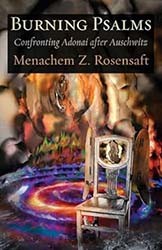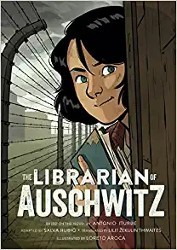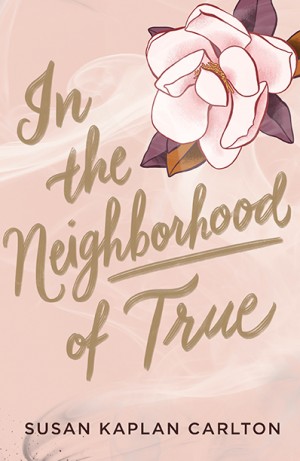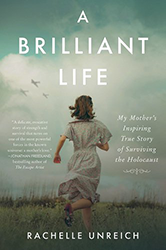In this thoroughly researched graphic biography, complete with a timeline and family photographs, Frank W. Baker and Tim E. Ogline portray the lives of Holocaust survivors Bluma and Felix Goldberg. When the book begins, their adult children are leaving the cemetery where they are buried, resolving to “write the next chapter” of their story of survival and emigration. Catering to young readers who may be unfamiliar with even the basic facts of history, Baker provides extensive information in each block of narrative text and speech bubble. (There is also a helpful Teacher’s Guide available as a supplement.) Meticulous explanations of each stage of the Goldbergs’ lives, from their internment in Auschwitz, Bergen-Belsen, and other concentration camps, to their unlikely liberation, reflect the full arc of their lives and legacy.
The book’s purpose is openly didactic, appropriately based on the assumption that young readers need to understand the process of Nazi genocide. The prologue is printed in white font that addresses the reader with a series of questions. While the statistic of six million Jews having been murdered may be relatively well known, Baker also asks his readers if they know that nine million Jews lived in Europe before World War II. Without this second crucial fact, the previous one is less specific about the meaning of genocide. To Baker, every individual fact matters; and his urgency and accuracy ensure that readers will begin to grasp the truth.
The parallel experiences of Bluma and Felix are narrated in separate chapters. By juxtaposing their family’s lives with encroaching world events, Baker establishes how, individually and collectively, many Jews were unprepared for a radically changed reality. His descriptions of the daily horrors in the camps, along with Ogline’s dramatic black-and-white images, are unflinching. His unsparing narration demonstrates how prisoners could confront each moment of degradation only as it happened, and how chance and circumstance could be the difference between life and death. Both Felix and Bluma respond with alternating courage and despair as they attempt to survive the unbearable.
When the Goldbergs settle in Columbia, South Carolina (with the help of the Hebrew Immigrant Aid Society) after the war, the book’s ambition to tell the unvarnished truth falls somewhat short. Despite its message of freedom, the biography fails to mention the Jim Crow laws that subjected the Goldbergs’ Black neighbors to legal segregation. To describe postwar South Carolina as “the beautiful countryside of the Southeastern United States,” where they were treated to “easy smiles and southern hospitality,” ignores vital facts about a time in American history that was marked by a struggle for civil rights. This section of the book can offer caregivers and educators an opportunity to discuss social and political change.
What Baker does emphasize is the Goldbergs’ profound gratitude for their new country. After what they had experienced in Europe, the United States offered them a haven, and they became devoted to their community. Their ability to start over as immigrants in a new place, after unspeakable suffering, is a profound lesson for everyone.
Emily Schneider writes about literature, feminism, and culture for Tablet, The Forward, The Horn Book, and other publications, and writes about children’s books on her blog. She has a Ph.D. in Romance Languages and Literatures.





